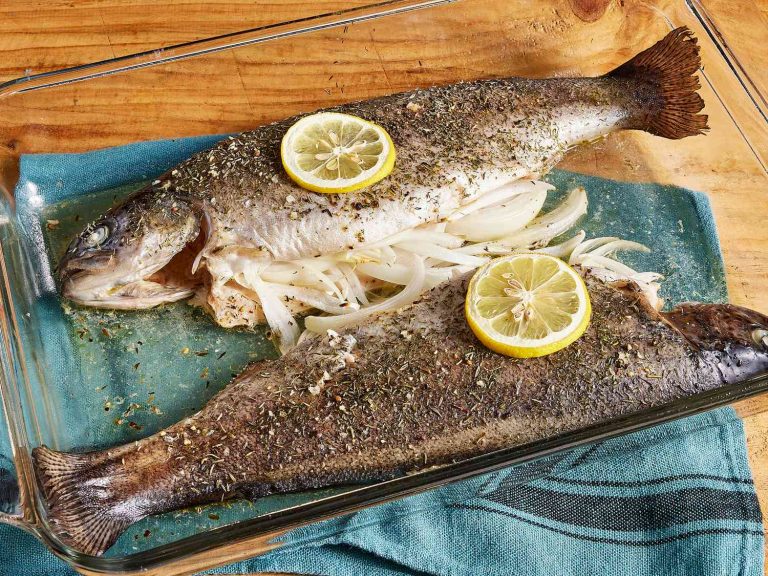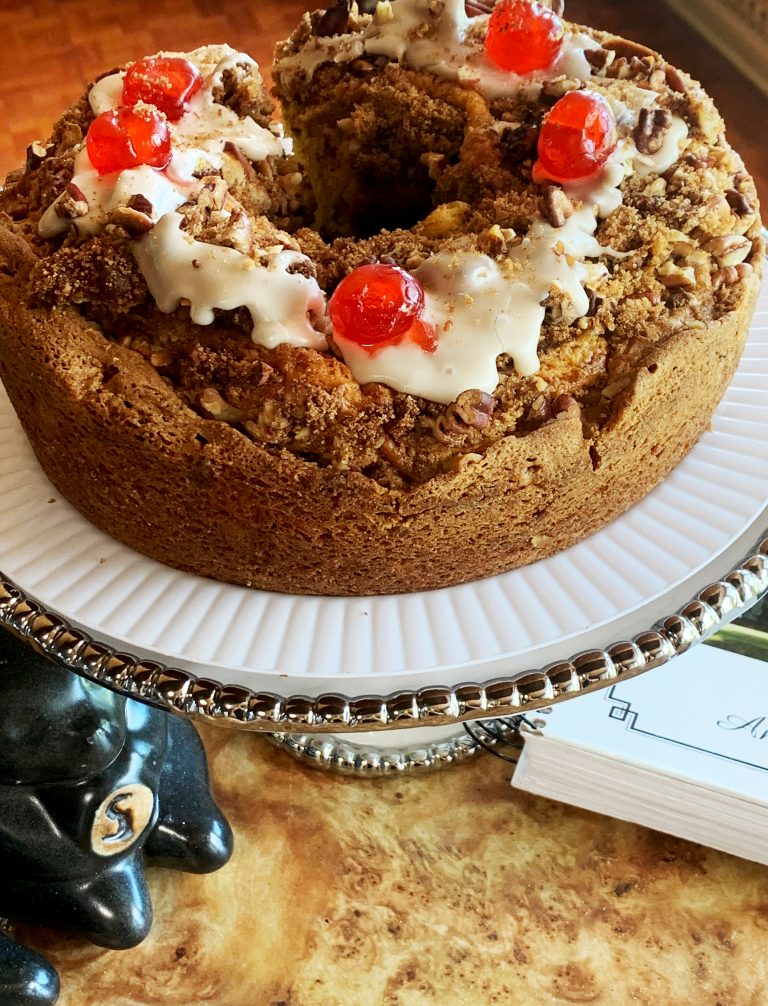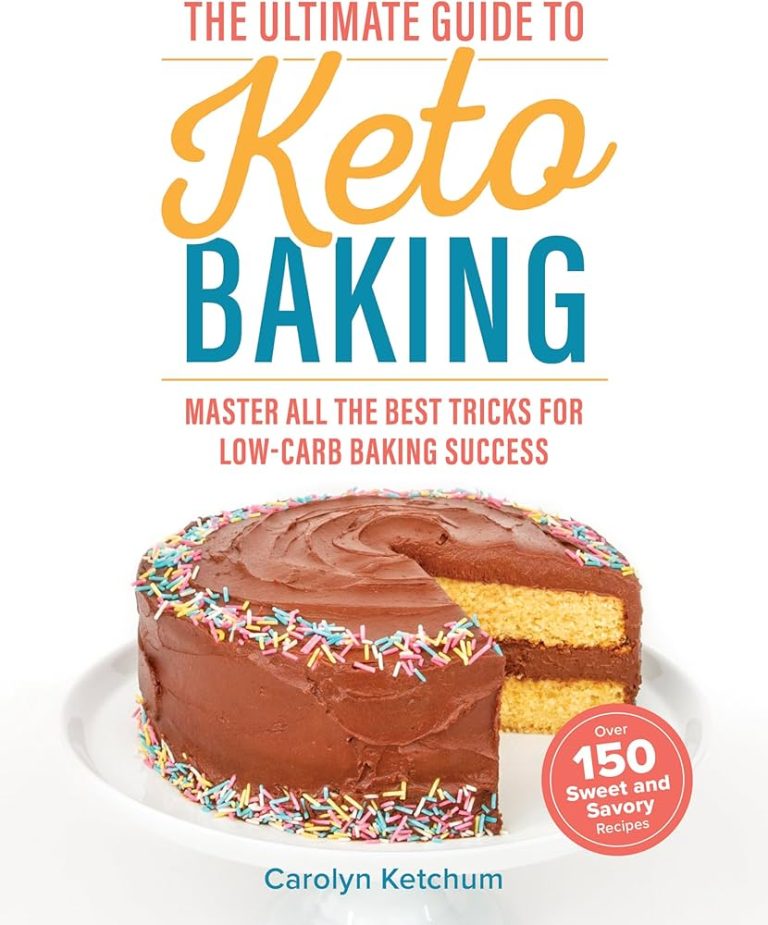Buttered Noodles: Easy Recipe, Variations, and Pairing Ideas
Buttered noodles are a simple dish consisting of cooked pasta tossed with butter, salt, and often black pepper. The pasta, usually egg noodles or fettuccine, serves as a base to absorb the buttery richness. This dish can be enjoyed as a main course or a side, offering convenience and universal appeal.
- Pasta: Use egg noodles, fettuccine, or spaghetti as the primary pasta options for buttered noodles. Egg noodles provide a richer texture, while fettuccine and spaghetti offer a classic feel.
- Butter: Choose unsalted or salted butter based on your salt preference. Unsalted butter gives more control over the dish’s saltiness.
- Salt and Pepper: Add salt to enhance flavors and black pepper for a subtle kick.
Alternatives:
- Herbs: Incorporate herbs like parsley, basil, or thyme for added freshness.
- Cheese: Sprinkle grated Parmesan or Pecorino Romano to introduce a cheesy layer.
- Lemon: Squeeze fresh lemon juice to cut through the richness with citrusy brightness.
Each ingredient contributes to the overall experience, making buttered noodles a versatile and highly customizable dish.
Preparing Buttered Noodles
Step-by-Step Cooking Guide
- Boil Water for Pasta: Fill a large pot with water and bring it to a rolling boil over high heat. Add a generous pinch of salt to enhance the pasta’s flavor.
- Cook the Noodles: Add your chosen noodles (e.g., egg noodles, fettuccine, spaghetti) to the boiling water. Cook according to the package instructions until al dente. Stir occasionally to prevent sticking.
- Drain Noodles: Once cooked, drain the noodles using a colander. Do not rinse them, as starch helps the sauce adhere.
- Melt Butter: In the same pot used for boiling, melt your preferred butter (unsalted or salted) over medium heat. Use about 1 tablespoon of butter per serving.
- Combine Noodles and Butter: Return the drained noodles to the pot. Toss them with the melted butter until evenly coated.
- Season and Enhance: Add salt and pepper to taste. If desired, mix in herbs (parsley, basil), grated cheese (Parmesan, Romano), or a splash of lemon juice for added flavor.
- Serve Immediately: Transfer the buttered noodles to a serving dish and serve while hot. Garnish with additional herbs or cheese if desired.
- Avoid Overcooking: Cook noodles until just al dente. Overcooked noodles become mushy and lose their texture.
- Use Fresh Butter: Opt for high-quality butter, as its fresher taste significantly impacts the dish’s final flavor.
- Retain Pasta Water: Reserve a cup of pasta water before draining. Add a splash to the noodles and butter if they seem dry, as the starchy water helps create a silky sauce.
- Mix Thoroughly: Ensure noodles are thoroughly mixed with butter to coat each strand evenly, enhancing the overall texture and flavor.
Flavor Variations and Additions
Savory Mix-Ins
Elevate buttered noodles with savory ingredients to add depth of flavor and texture. Consider using cooked proteins like grilled chicken, shrimp, or sausage. Mix in sautéed vegetables such as mushrooms, bell peppers, spinach, or cherry tomatoes. For an extra layer of flavor, incorporate aromatics like minced garlic, chopped onions, or fresh herbs like basil, parsley, or thyme. Cheese lovers can stir in grated Parmesan, Pecorino Romano, or a sprinkle of crumbled feta.
Sweet and Spicy Twists
Introduce unique flavor profiles to buttered noodles with sweet and spicy additions. Add a hint of sweetness by incorporating ingredients like caramelized onions, roasted butternut squash, or a drizzle of honey. Balance the sweetness with spicy elements such as red pepper flakes, diced jalapeños, or a splash of Sriracha. For a sophisticated flavor, consider adding toasted nuts like pine nuts or sliced almonds, combined with a touch of cinnamon or nutmeg.
Nutritional Overview of Buttered Noodles
Health Benefits
Buttered noodles offer quick, satisfying energy due to their carbohydrate content, making them an excellent option for immediate energy needs. Butter provides essential fats, aiding in the absorption of fat-soluble vitamins (A, D, E, and K). Choosing whole grain pasta can increase fiber intake, promoting better digestion and helping regulate blood sugar levels. Adding vegetables and lean proteins enhances the nutritional profile, contributing vitamins and minerals that support overall health.
Caloric and Nutritional Content
A standard serving of buttered noodles (about 1 cup or 140 grams) contains approximately 250-300 calories, depending on the amount of butter used and pasta type. Here’s a detailed breakdown:
| Nutrient | Approximate Amount Per Serving |
|---|---|
| Calories | 250-300 |
| Carbohydrates | 40-45 grams |
| Proteins | 6-8 grams |
| Fats | 8-12 grams |
| Fiber | 2-3 grams |
| Sodium | 200-300 mg |
| Vitamin A | 10-15% DV |
| Calcium | 2-4% DV |
| Iron | 6-10% DV |
Selecting whole grain or enriched pasta boosts fiber and nutrient content. Reducing butter or using a healthier fat alternative like olive oil can lower saturated fat. Adding herbs and spices provides antioxidants without extra calories or sodium.
Serving Suggestions
Best Side Dishes
Pairing buttered noodles with the right side dishes can elevate the meal. Consider the following options:
- Grilled Vegetables: Broccoli, bell peppers, and zucchini add color, crunch, and nutrients.
- Garlic Bread: Complement the rich flavor of buttered noodles with crispy garlic bread.
- Green Salad: A fresh salad with mixed greens and a light vinaigrette balances the richness.
- Roasted Chicken: Lean proteins like roasted chicken create a more filling and balanced dish.
- Tomato Soup: The acidity of tomato soup contrasts well with the creamy noodles.
Creative Ways to Serve Buttered Noodles
Explore unique approaches to serving buttered noodles:
- Noodle Casserole: Combine your buttered noodles with cheese, vegetables, and a protein like chicken, then bake it.
- Stir-Fry: Toss buttered noodles in a pan with soy sauce, vegetables, and a choice of meat.
- Cold Noodle Salad: Serve chilled with a mix of veggies, a light dressing, and some herbs.
- Stuffed Peppers: Fill bell peppers with buttered noodles, cheese, and some ground meat; bake until tender.
- Taco Filling: Use buttered noodles as a base inside a flour tortilla, adding veggies and your favorite protein for a twist on tacos.
Select side dishes and serving methods to enhance your buttered noodles and create varied meals that suit different occasions and preferences.
Conclusion
Buttered noodles stand out as a comforting and versatile dish that can be easily customized to suit any palate. Whether you’re seeking a quick weeknight meal or a base for more elaborate culinary creations, buttered noodles offer endless possibilities. By experimenting with different ingredients and variations, you can transform this simple dish into a flavorful and nutritious option. Remember to consider healthier choices like whole grain pasta and added vegetables to boost its nutritional value. With its universal appeal and adaptability, buttered noodles are sure to become a staple in your kitchen.





